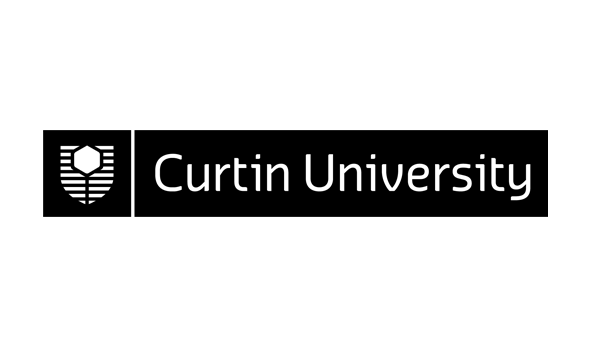307639 (v.1) Digital Signal Processing for Wireless Communications 602
| Area: | Department of Electrical and Computer Engineering |
|---|---|
| Credits: | 25.0 |
| Contact Hours: | 2.5 |
| ** The tuition pattern below provides details of the types of classes and their duration. This is to be used as a guide only. For more precise information please check your unit outline. ** | |
| Lecture: | 1 x 2 Hours Weekly |
| Tutorial: | 1 x 1 Hours Fortnightly |
| Co Requisite(s): |
11330 (v.4)
Digital Communications Engineering 601
or any previous version
AND 11341 (v.4) Stochastic Processes for Telecommunications Systems 601 or any previous version |
| Syllabus: | Random signal theory, signal modelling, Wiener filtering, spectrum estimation (non-parametric and parametric), adaptive filtering (steepest descent, LMS (least mean squared), RLS (recursive least squares)). Selected topics from adaptive equalisation or Multiuser Communications: adaptive linear equalisation, adaptive decision-feedback equalisation and blind equalisation. Multiple access, CDMA (code division multiple access), optimum receiver, suboptimum receivers: decorrelator, MMSE (minimum mean squared error) and performance characteristic of detectors. |
| ** To ensure that the most up-to-date information about unit references, texts and outcomes appears, they will be provided in your unit outline prior to commencement. ** | |
| Field of Education: | 031307 Communications Technologies |
| SOLT (Online) Definitions*: | Supplemental *Extent to which this unit or thesis utilises online information |
| Result Type: | Grade/Mark |
Availability
| Year | Location | Period | Internal | Partially Online Internal | Area External | Central External | Fully Online |
|---|---|---|---|---|---|---|---|
| 2008 | Bentley Campus | Semester 1 | Y |
Area External refers to external course/units run by the School or Department or offered by research.
Central External refers to external and online course/units run through the Curtin Bentley-based Distance Education Area
Partially Online Internal refers to some (a portion of) learning provided by interacting with or downloading pre-packaged material from the Internet but with regular and ongoing participation with a face-to-face component retained. Excludes partially online internal course/units run through the Curtin Bentley-based Distance Education Area which remain Central External
Fully Online refers to the main (larger portion of) mode of learning provided via Internet interaction (including the downloading of pre-packaged material on the Internet). Excludes online course/units run through the Curtin Bentley-based Distance Education Area which remain Central External

